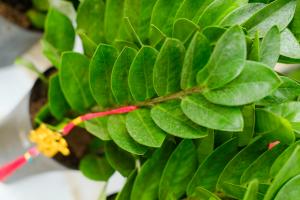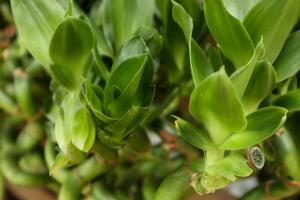How do Native Plants Help Contaminated Water?
Water pollution is a major concern worldwide. Contaminants such as chemicals and waste can harm aquatic habitats, biodiversity, and even human health. To combat this problem, many researchers and conservationists are promoting the use of native plants in waterways, which can help to filter out toxins and pollutants. Here are some of the ways that native plants can assist in cleaning up contaminated water.
They absorb and break down pollutants
One advantage of native plants is their ability to absorb and break down various pollutants found in water sources. For example, heavy metals such as lead, mercury, and cadmium can be absorbed by plant roots and converted into less harmful substances. Similarly, plants can also break down organic matter, such as sewage and fertilizer runoff, into simpler compounds that do not pose a threat to aquatic ecosystems. Their root systems also help to stabilize soil and prevent erosion, which can reduce sediment and nutrient pollution caused by erosion.
They trap and remove sediments
The roots of native plants can act like a filter, trapping and removing sediments that may contain contaminants. Sedimentation is one of the primary sources of water pollution, as it can smother aquatic plants and animals, and reduce water clarity, which can be harmful to human health. Native plants can prevent this by trapping sediment particles in their roots, and preventing them from moving downstream. They also help to reduce erosion by holding soil in place with their roots and leaves.
They create habitat for aquatic species
Native plants provide important habitat for aquatic species, including fish, amphibians, and insects. These species play a crucial role in maintaining the health of aquatic ecosystems and can help to control pollution by feeding on toxins and pollutants. In addition, the plants themselves can act as a barrier to pollutants, preventing them from entering nearby habitats. The presence of native plants can also help to restore the natural balance of aquatic ecosystems, which can be disrupted by water pollution.
They enhance water quality overall
Using native plants to clean up water sources can have a positive impact on water quality overall. In addition to removing specific pollutants, they help to improve the health and resilience of aquatic ecosystems, reduce silt and sediment buildup, and promote better water circulation. Healthier ecosystems mean cleaner water for humans and wildlife alike, which can have significant environmental and economic benefits. Native plant use can also help to reduce the need for expensive wastewater treatment technologies and lead to cost savings for communities.
Conclusion
Native plants play an important role in cleaning up contaminated water sources. Their ability to absorb and break down pollutants, trap and remove sediments, provide habitat for aquatic species, and enhance water quality overall can help to restore the health of aquatic ecosystems and protect human and animal health. The use of native plants in waterways is an effective, cost-effective, and sustainable approach to water pollution control, and it is a method that should be promoted and adopted more widely.

 how many times do yo...
how many times do yo... how many planted tre...
how many planted tre... how many pine trees ...
how many pine trees ... how many pecan trees...
how many pecan trees... how many plants comp...
how many plants comp... how many plants can ...
how many plants can ... how many plants and ...
how many plants and ... how many pepper plan...
how many pepper plan...

































